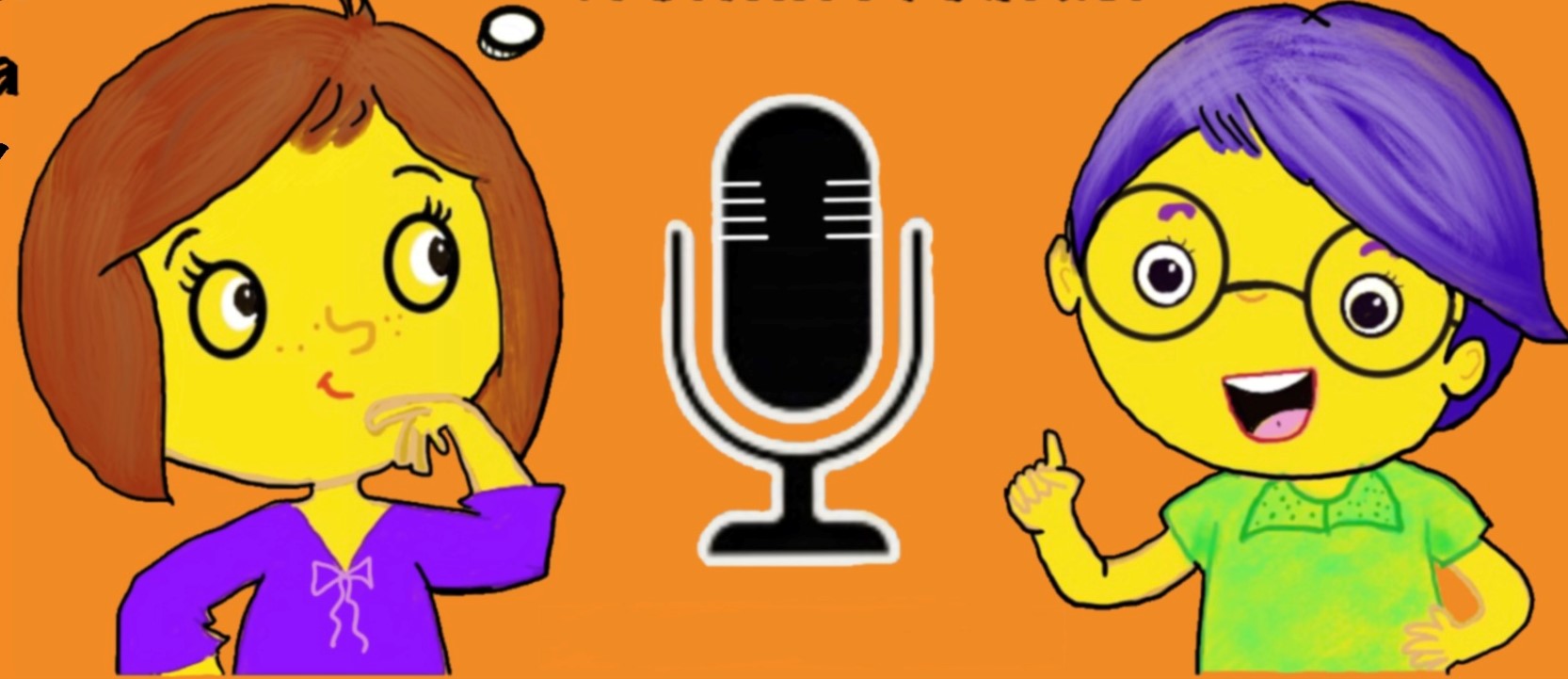2023-12-06 by Bakul Piplani
IndiaAsksWhy meets Dr Sheebha Vasu

Listen to the episode here or on Spotify
Ever wondered what all is needed to make us walk, jump, and move? Did you know that all voluntary movements of the human body require coordination between muscle cells and neurons at the intersections between the two aka the neuromuscular junctions? Neurons are very much like the electrical wires in our homes, connecting the brain (the switch) with the muscle (the appliance) into a circuit. As amazing as this sounds, these connections are quite complex! Any functional disturbances to the neurons, the muscle, or the junction can cause breaks in the circuit, leading to movement difficulties and disorders like paralysis. In this episode of IndiaAsksWhy, two curious young listeners, Myra and Kanishka, join Utsuka and Jigyasa as they delve into the science behind paralysis and movement disorders.
They are joined on this journey by Dr. Sheeba Vasu, a brain scientist at the Jawaharlal Nehru Centre for Advanced Research (JNCASR), Bengaluru. Dr. Vasu and her team of young scientists study the neuronal basis of animal behavior, for instance, voluntary movements and activities, and the biological clock that controls sleep-wake cycles. For this, they dissect fruit flies, aka Drosophila, and observe the connections between their neurons and muscles under different conditions. This helps them understand the changes associated with disorders that affect muscle movement and cause paralysis. We’re sure you must be wondering how it is possible to dissect such tiny, winged creatures without having them fly away! Well, scientists immobilize fruit flies on pads containing anesthesia and then observe and dissect them under a microscope. How wonderful would it be if all this research could help find a cure for movement disorders like paralysis!
Curious to know what inspired Dr. Vasu to choose a career in research? Talking about her journey as a scientist, Dr. Vasu shares that she was always a curious student. She developed a keen interest in science owing to her wonderful science teachers in high school, and her father who always encouraged her to learn by observation of natural surroundings. Later, during her undergraduate studies, one of her professors went the extra mile to encourage learning beyond course syllabi. She introduced Dr. Vasu to the mysterious yet fascinating world of scientists, and hence played a key role in inspiring her to choose a career in scientific research! Dr. Vasu shares that the prospects of generating new knowledge and contributing to the field through her research work keeps her motivated to keep moving ahead with her research even on difficult workdays.
So, like many of you, Utsuka was curious to know what a typical day as a brain scientist working with fruit flies looks like. Dr. Vasu explains how it is a mix of many exciting and not-so-exciting things, a lot of science and a lot of non-science as well! Some days are full of fruitful experimental results, while other days are constantly spent on the bench, repeating the same experiments multiple times because things don’t work out! Being a scientist is all about asking questions and working with immense patience and perseverance to find their answers. After all, scientists are not just white coat-wearing lab rats but, in Dr. Vasu’s words, they come in many hues and colors!
Finally, Dr. Vasu has a special message for our young audience! She believes that the scientific way of thinking helps both scientists and non-scientists alike, and hence, urges everyone to develop a scientific temper, ask questions, and engage in discussions about science.
So, stay curious and listen to Utsuka and Jigyasa as they chat with Dr. Sheeba Vasu about her research on the neuronal circuits in Drosophila and her journey through the realms of neuroscience! Leave your messages and questions on our website, and we’ll be happy to take them up! :)
References
- Paralysis. (2023) NHS UK. Available athttps://www.nhs.uk/conditions/paralysis/
- Neuromuscular Junction. (2022) The Human Memory. Available at https://human-memory.net/neuromuscular-junction/
- Prof. Sheeba Vasu. Jawaharlal Nehru Centre for Advanced Scientific Research (JNCASR). Available at https://www.jncasr.ac.in/faculty/sheeba
